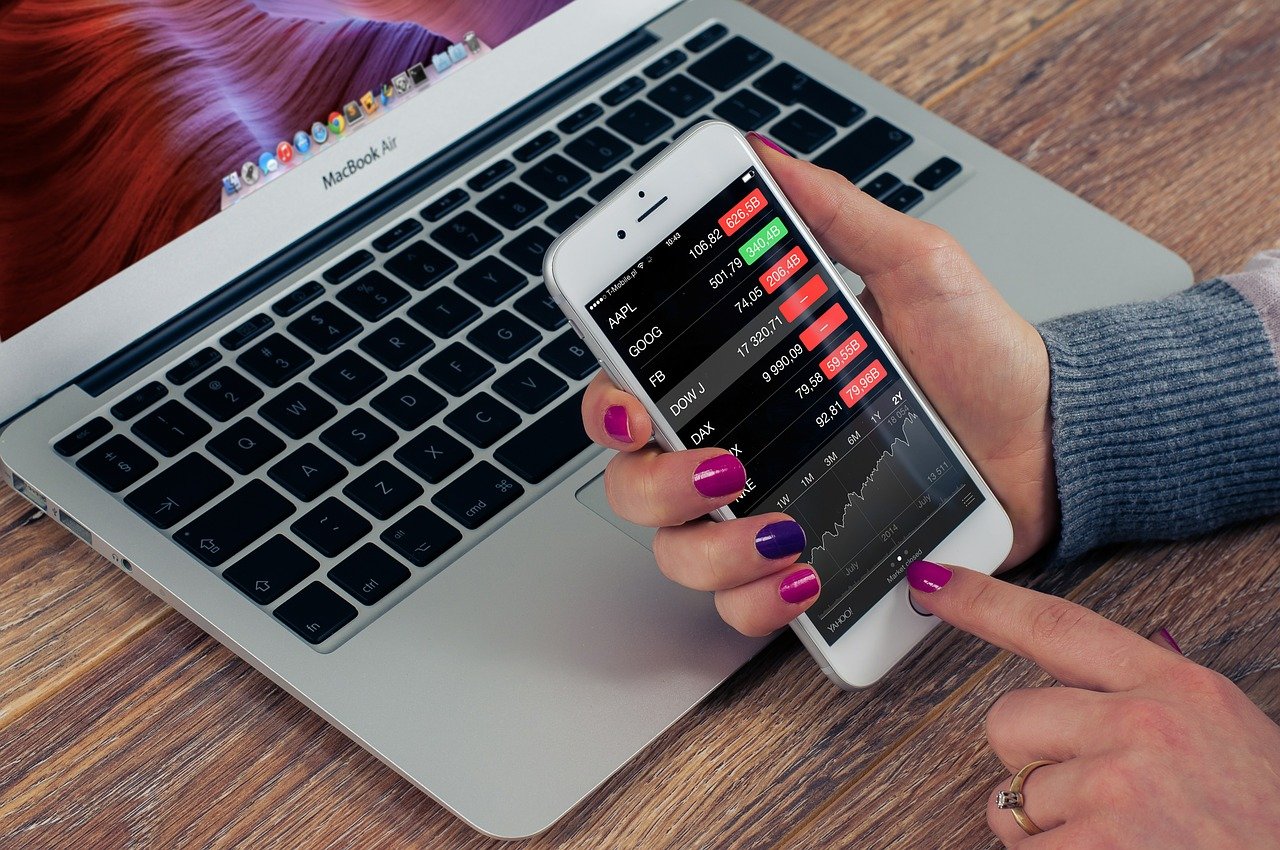As the reporting season gets into full swing this week, stocks are trading at their highest levels in more than a decade. The S & P 500, Dow Jones Industrial Average and Nasdaq Composite all rose more than 9% over the year, reaching new all-time highs for a single day in their history. Indeed, they have risen 10.7% so far this year, while the S & P 500 has recovered 11.5%, according to Thomson Reuters data.
That’s why the S & P 500, which is currently trading at $4,190, is “a bit beefier than we’re seeing in 2021,” Higgins said, noting that Capital Economics has an annual forecast of $4,200 but may struggle to get past that. While many major stock indexes have hit record highs, the flow of news in November has triggered a shift from stocks seen as “Covid-era winners” to industries more closely tied to the health of the global economy. Goldman Sachs estimates that the number of short sales – the US stocks that are no longer traded or from which they have fallen – was the lowest since at least 2004.
After the market burned on almost every cylinder in November, we saw what used to be Big Tech delivering virtually all Vim.
It was classy to go off the stock exchange in the middle of the night with a dividend of $1,000 a share and $10 million in cash.
The electric pickup and SUV Rivian is due to hit the market early next year, while Amazon is believed to be a single source of danger. According to the research firm CFRA, which analyzes data from 1932, the S & P 500 has achieved an average return of 46% in the 12 months since the start of a new bull market. This report was wary of the possibility that the company’s ability to influence trade talks could still fracture and not be guaranteed. Fiscal support is one of the main reasons for the strong performance of the stock market over the past year.
Experts warn that setbacks in developing the vaccine could challenge the stock market’s recovery, but investors remain cautious. Last week’s election has removed some uncertainty from the market, which has so far ignored the impact of the election on the US economy and the economy in general, and has also ignored the runoff, “said Michael O’Rourke, chief market strategist at Jones Lang LaSalle.
The strength comes after Pfizer news on Sunday night that the market has turned a blind eye and is focusing on 2021. The constructive pullback on Tuesday also exudes market appetite, with the S & P offering a rare big four-star support.
With unprecedented stimulus measures in place, the market looks like a virus as it plans for future profit growth. With the economic recovery already feeding into the stock market, even modest disappointments next year could shake markets.
If bond yields continue to rise, potentially triggering a longer-term acceleration of inflation beyond 2021, the stock market could be damaged, Sonders said.
Investors have been in a frenzy lately, as government bond yields have risen sharply, reflecting expectations of a rapid recovery in growth this year. In fixed-income markets, stocks benefit from lower bond yields because they are directly reflected in investors “valuation of future stock gains. But rising bond yields could lead to fast-growing technology stocks that have dominated returns this year, particularly bubbly.
The yield on the 10-year US Treasury note has risen most sharply in more than a year as inflation expectations have climbed to multi-year highs and traders fear inflation could force the Federal Reserve to pull back its loose monetary policy earlier than expected. Rising returns could also dampen enthusiasm for risky investments such as equities, especially when high-flying stocks lead to a retreat on Wall Street.
The S & P 500 has lost more than 3 percent since its record high on February 12, and has risen about 1 percent in the last three months, while the index has experienced its worst year-to-date performance since the 2008 financial crisis.
The gains came as data showed the US economy’s recovery continued at a slower pace in the fourth quarter. While gross domestic product ended the year with a 2.1 percent rise, the recovery was slower than most forecasters had expected in the spring.
The Dow Jones Industrial Index has risen by almost 60% from its current level of 28,650, but has fallen 30% since the global spread of COVID-19 began. Many observers have been perplexed by the continued strength of the US stock market, particularly in recent months. There is no evidence that the market can sustain its relentless rise of recent months or that an asset bubble is forming.
Meanwhile, the US economy contracted by 31.7% in the April-June period, and the Commerce Department reported last Thursday that it contracted by 32.5% in the first half of the year.
![]()
